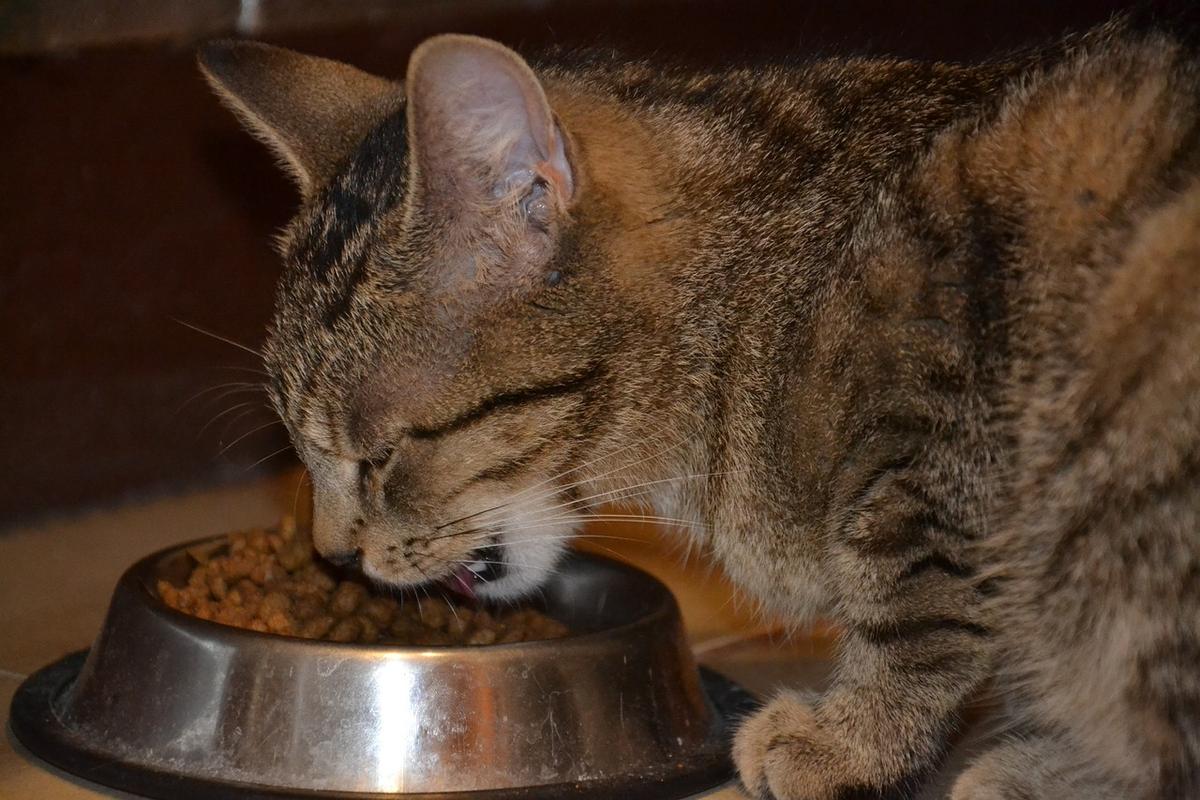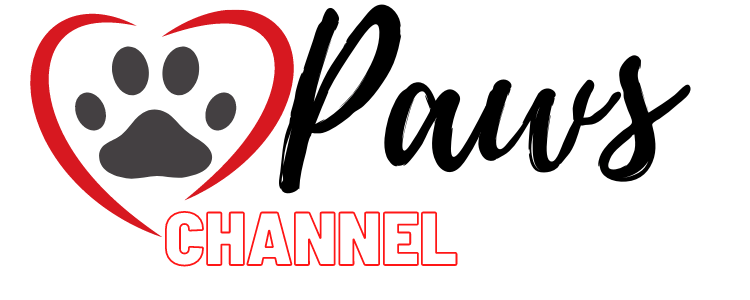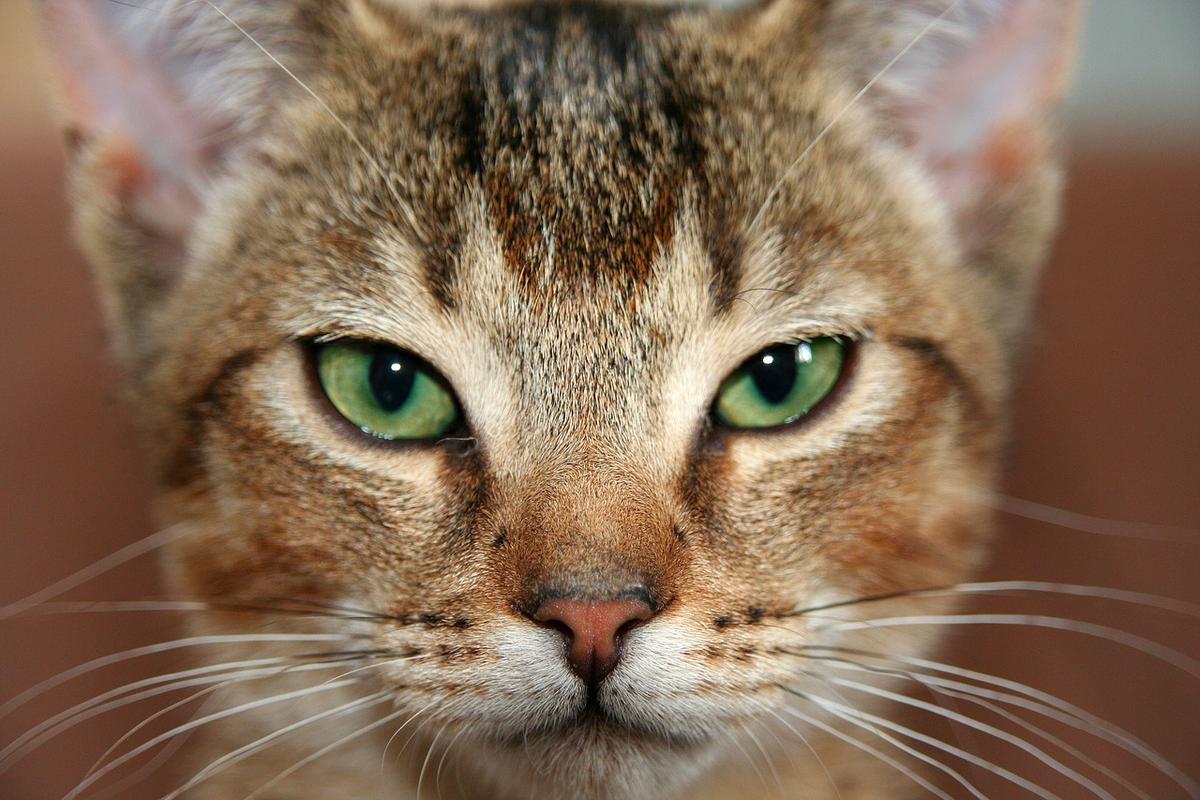The problem – basic needs of the cat
About half of all household cats are overweight. Obesity is a major health risk and is associated with various diseases, such as diabetes mellitus, lameness or tumors. Ultimately, being overweight leads to a reduced life expectancy. Depending on the severity of the obesity, it is associated with certain behavioral restrictions, such as decreased jumping, hunting, exploring or playing. The inability to act out these behaviors increases frustration and often leads to depression.
In order to find out the causes, we want to look at the feeding behavior of wild cats. Like our domestic cat, the wild cat is an obligatory carnivore, which means that cats have to eat meat in order to survive. Vegetarian diets inevitably lead to cat death.
The digestive system, physiology and biochemical processing pathways are adapted to food containing meat. Cats are absolutely dependent on proteins as a source of energy, as well as some nutrients that can only be found in meat.
As obligatory carnivores, cats have a reduced ability to digest carbohydrates. In wild cats, 52% of the energy comes from proteins, 46% from fat and only 2% from carbohydrates.
Cats have lost their ability to form certain protein components (so-called amino acids) over thousands of years. The amino acids essential for cats are all contained in meat, these are taurine, arginine, methionine and cysteine.
Cats need the vitamins niacin, vitamin D and vitamin A in their food. This fact makes them exceptional because other living things can usually produce these vitamins themselves.
How do wildcats take care of themselves?
Cats are lone hunters. Because they hunt alone, their prey is typically small. The most common prey animals are small mammals. A mouse contains 30 kcal, so a cat has to eat 10 mice a day to meet its caloric needs.
Not every hunt is successful, which means that energy is burned that later has to be replenished with more food. The wildcat spends 12-16 (sometimes up to 24) hours hunting.
Being a good hunter has been one of the strongest selection traits over the millennia. Instinct runs so deep in our cats that they hunt even when they are not hungry. This behavior serves as a precautionary measure in the event that a later attempt at hunting does not succeed.
A hungry cat usually does not hunt, the risk of a lack of energy during the hunt is too great and can threaten its life. Having prey ready as a precaution is therefore an evolutionary advantage.
cat food
The nutritional needs of cats have now been well researched. High quality cat food provides cats with everything they need. Even if a cat is now supplied with the perfect food, its hunting instinct remains. This hunting instinct leads to many challenges in keeping cats, especially in house keeping.
For most cats, being dependent on their owners’ feeding habits will cause them to lose the feeding pattern of many small servings. Instead, they adapt to the feeding pattern that is most convenient for humans. Two large servings a day are non-physiological for both behavior and the digestive tract and can make you sick. A cat’s stomach can stretch a lot to accommodate more food. If a cat is forced to eat a large amount of food, for example by feeding twice a day, then the stomach may under certain circumstances become very physiologically stretched. Vomiting occurs shortly after eating. In such patients, feeding several small portions is often very helpful and often even able to completely prevent vomiting.
The modern life of our cats
With free access to food (so-called ad libitum feeding), this modern lifestyle means that cats cannot adapt their caloric intake to their needs.
Modern cat food is usually designed for good acceptance and palatability. This leads to an intake above the actual need.
Commercial cat food is easy to eat. It has already been cut into pieces or lumps. This allows cats to ingest more in a short time, which contributes to overeating.
Domestic cats show an increased interest in food due to boredom, which also leads to overeating. Together with decreased exercise, obesity is inevitable.
Studies have shown that castration is an additional factor in the development of obesity. It is good to know this fact, nevertheless cats should be neutered (to prevent unwanted offspring and hormonal problems).
Keeping several cats together leads to food envy and increased food consumption. This occurs especially when cats that don’t like each other are pushed close to each other to eat.
Feeding in a bowl, in the same place, every day gives the cat no chance of stimulation or the acting out of the hunting behavior that is usually associated with the food.
The chronic lack of stimulation in a cat’s environment can lead to boredom, apathy, and even anxiety disorders. Hunting is often a problem solution for cats. Inordinately, frustration and stress result from a lack of natural behavior.
The cat-friendly feeding
Five or more servings of food a day without ad libitum feeding corresponds most closely to natural eating behavior . The daily portion of food required for cats should be divided into at least 5 portions over the entire day (i.e. 24 hours).
If you want to feed dry food, you should weigh this carefully in order to avoid oversupply. Dry food is rather energy dense, so it is very important to feed the correct amount of calories that a cat needs to stay healthy.
The different portions can be fed throughout the day even when the cat is at home alone. Timed feeders are ideal. We recommend this especially for the management of diabetic cats and achieve good results with it. Food puzzles also help cats deal with the procurement of food. I myself have five large food boards and a few smaller food balls for my cat.
Dry or wet food
As mentioned above, the wild cat feeds on 52% protein, 46% fat and only 2% carbohydrates. Feeds that have such a composition are mainly based on animal products. High-quality wet food without the addition of vegetable sources of carbohydrates (such as potatoes, rice, pumpkin, grain) is therefore ideal for keeping cats healthy for a long time. Wet food does not necessarily mean canned food in this context, it also includes BARF and Prey feeding. However, if you mainly want to stick to doses, it should be said that as little fish and liver as possible should be included in the total ration. Every now and then a jar as a treat in between does not hurt itself.
If you have a “second-hand” cat that is difficult to dissuade from dry food or if you don’t want to do without dry food, you can try to slowly introduce the cat to dried meat. Mostly, dried meat strips are very well accepted. They have a physiological composition in terms of the protein-fat-carbohydrate ratio. Unfortunately, I have to take a clear position at this point – where possible, a cat should receive wet food and, if possible, no dry food.
Unfortunately, cats do not necessarily drink according to their needs and dry food can lead to a certain degree of dehydration. The feeding of dry food is associated with an increased incidence of diabetes mellitus. Cats with idiopathic cystitis (most cats with bladder problems under the age of 8!) Are fed almost exclusively dry food. These two diseases are quite common in veterinary practices and they are extremely easy to prevent!
The right bowl

Now you’re probably wondering if that makes any difference at all. Yes! Cats have a different sense of taste than ours. Water and food in plastic and metal bowls can change the taste of the food / water. Ceramic or glass vessels are better. The vessel should be as flat as possible and wide enough so that the cat’s whiskers do not touch it while eating. The cat’s whiskers are a very sensitive tactile tool that constantly receives nerve impulses when touched. Even the smallest touch can therefore be perceived as uncomfortable.


